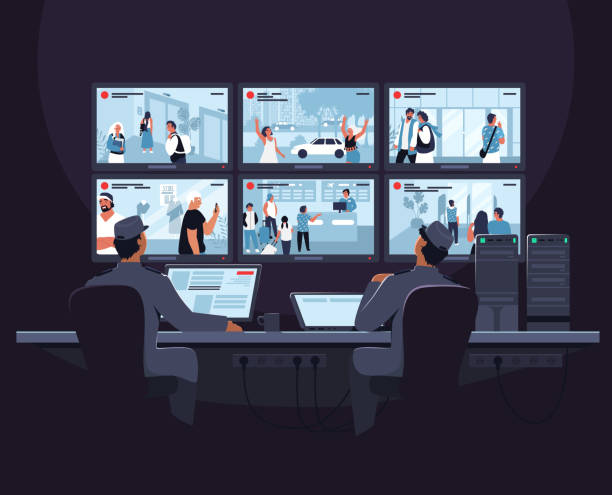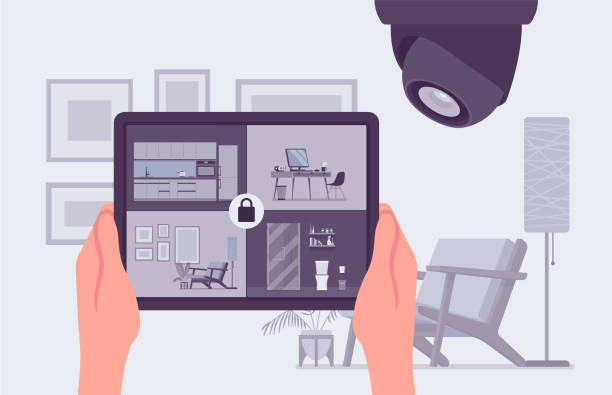CCTV

Closed–Circuit Television (CCTV) is a system of video surveillance that uses cameras to monitor and record activities in specific areas or locations. The cameras are connected to a closed circuit, meaning the video feed is only accessible to authorized personnel and not openly broadcasted to the public. CCTV systems are commonly used for security and surveillance purposes in various settings
It’s important to note that the use of CCTV must adhere to privacy laws and regulations to protect individuals’ rights and prevent misuse of the collected data. As technology evolves, discussions about balancing security concerns and individual privacy rights continue to be relevant.
Public Spaces: Many cities and towns use CCTV cameras to monitor public areas like streets, parks, and transportation hubs to enhance public safety and deter criminal activities.
Commercial Establishments: Businesses often install CCTV cameras in and around their premises to prevent theft, monitor employee activities, and enhance security.
Residential Areas: Some homeowners use CCTV systems to protect their property and monitor their surroundings for security purposes.
Industrial Sites: CCTV is employed in industrial settings to monitor critical processes, ensure worker safety, and prevent unauthorized access to sensitive areas.
Traffic Management: In some regions, CCTV cameras are used for traffic monitoring, controlling traffic flow, and identifying traffic violations.
Government Buildings: High-security government buildings and institutions may have extensive CCTV installations to monitor entrances, exits, and important areas.
The data captured by CCTV cameras can be recorded locally on a digital video recorder (DVR) or network video recorder (NVR) and/or transmitted to a central monitoring station. Advances in technology have also led to the integration of other technologies, such as facial recognition and video analytics, which can automate certain tasks and enhance the efficiency of CCTV systems.

